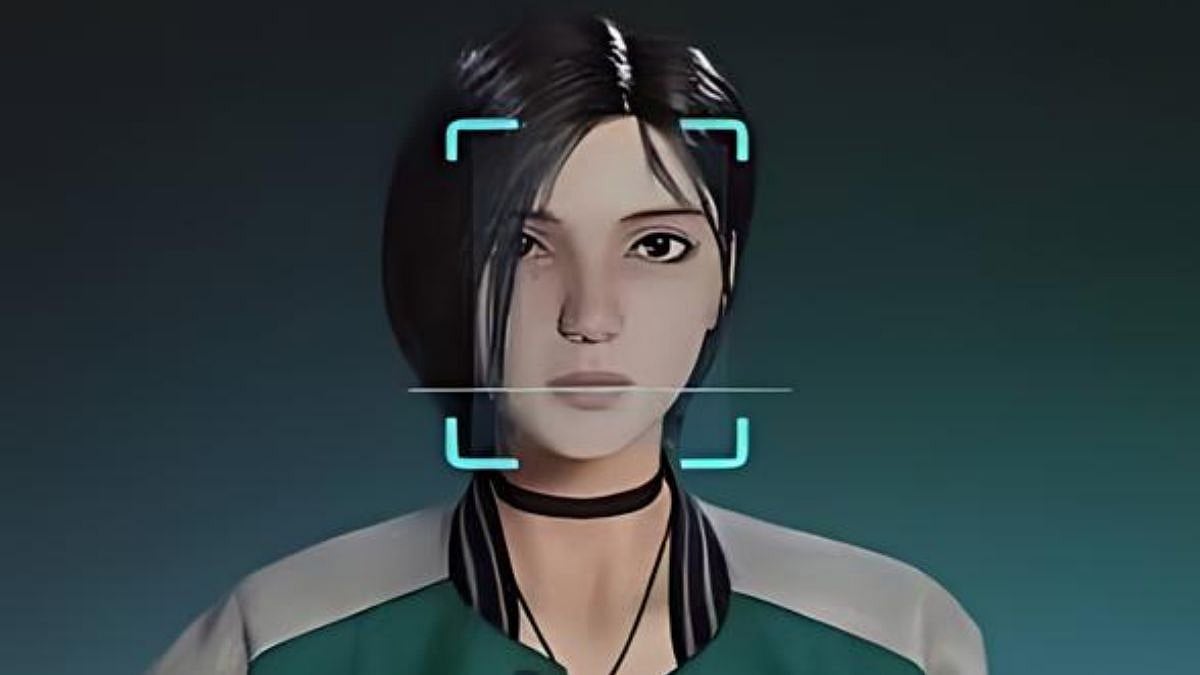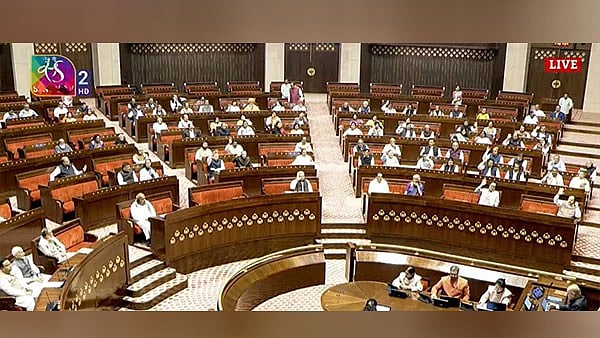The alleged doctored video of Home Minister Amit Shah claiming he will scrap reservations given to the Scheduled Castes/Scheduled Tribes and Other Backward Class (OBC) has once again put the spotlight on the issue of deepfake that is becoming increasingly prevalent in India. In Shah's case, given his position and stature, the matter came to light within hours of posting of the alleged fake video.
Soon after the alleged doctored video was released, BJP IT cell's national convenor Amit Malviya shared the original video on X. In the original footage, Shah called the reservation given to Muslims "unconstitutional" and said that the BJP would end it.
While sharing the original video, Malviya warned the Telangana Congress, which initially posted the alleged fake video, of refraining from spreading doctored videos.
Earlier this month, Malviya had accused the Congress of circulating a deepfake of BJP's Azamgarh MP Dinesh Lal Yadav, popularly known as Nirahua. In the alleged fake video, Yadav can be heard saying that Prime Minister Narendra Modi and Uttar Pradesh Chief Minister Yogi Adityanath did their part to curb unemployment by not choosing to procreate.
What is deepfake and how does it work?
Deepfakes are videos, audio recordings and images that are altered and changed using artificial intelligence (AI). Created using AI and machine learning (ML) techniques, deepfakes have the ability to mimic reality with much convincing power. The AI and ML train on large sets of images and videos to produce new, realistic content.
Advanced algorithms understand and replicate detailed facial expressions, voice tones and body language, making it difficult to distinguish between real and fake content just by looking at it. In recent years, the deepfake technology has grown more advanced in recent years.
Challenges deepfake pose and government's role in regulating it
With the advancement of deepfake technology, it has opened up avenues for the media industry. However, with advanced technology comes drawbacks and deepfake is no stranger to that.
In recent times, deepfake has made headlines for wrong reasons. It poses serious risks to the integrity of information and trust in what is shown and heard.
India does not have specific laws addressing deepfake. On its part, government should enure protection of citizens from the deepfake technology by passing strict laws and regulations, funding special law enforcement units, and investing in advanced technologies to detect and fight deepfakes.
Furthermore, there is a need to spread awareness to help people identify deepfake cases and report them.












